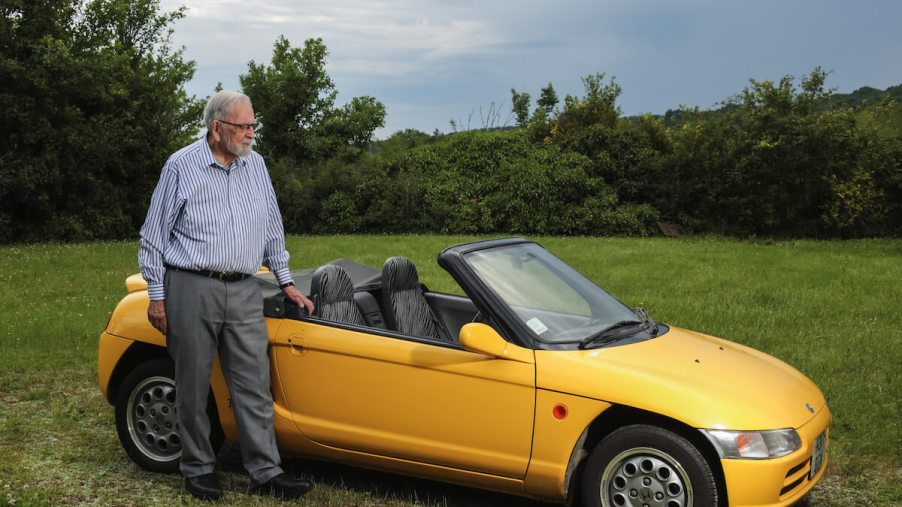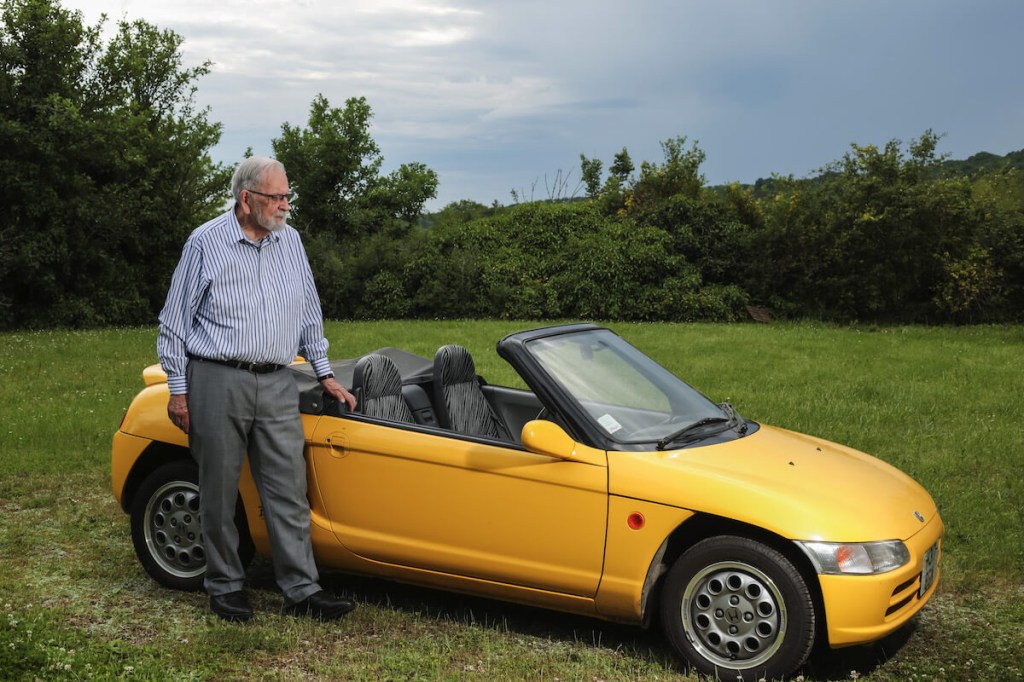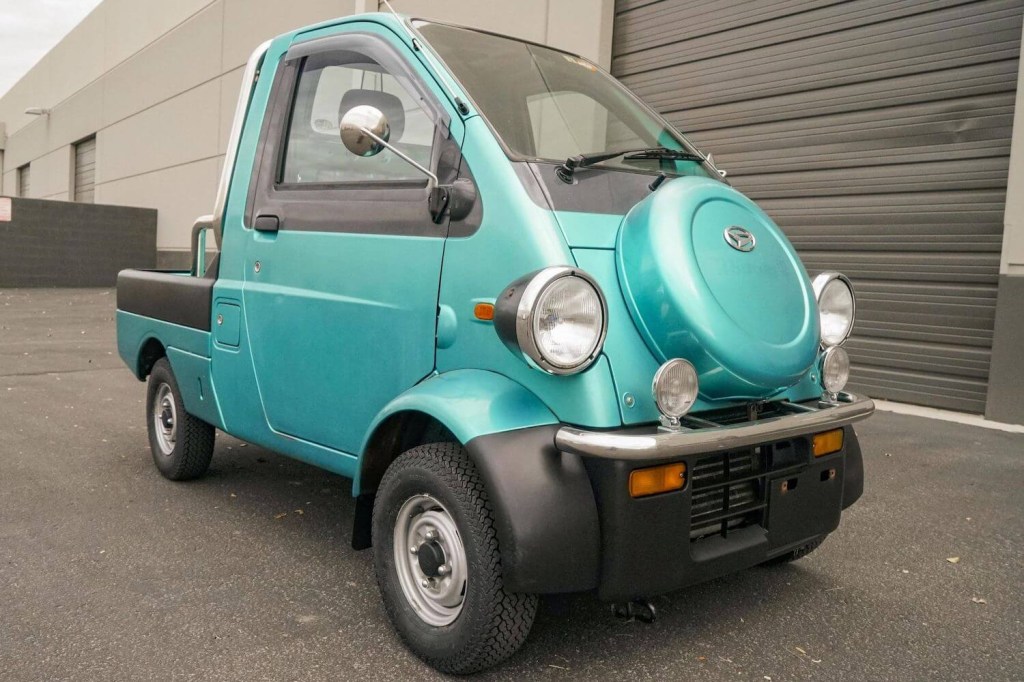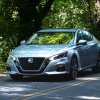
Can You Daily Drive a Kei Car?
When commuting or running errands in the city, many drivers prefer compact and efficient cars . In Japan, one popular option is the Kei car. These cars are small, limited in size, and have low engine displacement by government regulations. In this article, we will explore the pros and cons of daily driving a Kei car and provide some tips for those considering this type of vehicle as their primary mode of transportation.
What does kei car mean?

Kei car is a type of small vehicle that originated in Japan in the 1940s. The term “Kei” is short for “keijidosha,” which means “light automobile” in Japanese. These cars are designed to be compact and efficient, with a maximum length of 3.4 meters. Additionally, the engine displacement cannot be more than 660cc.
The Japanese government imposes strict regulations on these cars, including weight, size, and engine output limits. The main goal of this is to promote fuel efficiency and reduce emissions. Many JDM importers like JapanPartner specialize in these tiny vehicles. However, despite their small size, these cars offer a surprising amount of interior space and are famous for their affordability, ease of parking, and low operating costs.
How much power does a kei car make?

Kei cars have a maximum engine displacement of 660cc, which limits their power output. Typically, they produce between 30 to 60 horsepower, significantly less than larger cars. However, these cars are designed to be light and elegant, which makes them surprisingly quick and agile in urban driving.
Some popular imports, such as the Suzuki Cappuccino and Honda Beat, have a top speed of around 85 to 100 mph (140 to 160 km/h). While these cars can easily handle city driving, they may need help on the freeway due to their limited power and size. However, their compact size allows them to easily maneuver through traffic, making them a practical choice for urban commuters.
Can you drive a kei car in the US?
While Kei cars are limited in size by government regulations, they offer a surprising amount of interior space for their small footprint. Despite their compact exterior dimensions, many Kei cars feature innovative interior designs that maximize passenger space and comfort. However, the limited space can still pose challenges when carrying large items or accommodating more than a few passengers.
In terms of practicality, these cars can be a great option for urban driving, where their small size and agility make them easy to park and maneuver through congested streets. However, they may not be well-suited for long-distance or highway driving due to their limited power and size. Ultimately, whether a Kei car is practical for an individual driver will depend on their specific needs and driving habits.
Should you drive a kei car every day?
In conclusion, daily driving a Kei car can be a practical and efficient choice for city driving, where their compact size and maneuverability can make navigating through traffic and finding parking spots easier. However, their limited power and size may not make them the best choice for long-distance or highway driving, and they may not be practical for drivers who need to carry large items or transport multiple passengers.
As with any vehicle, the practicality of a Kei car will depend on the individual driver’s specific needs and driving habits. Overall, the Kei car remains a unique and fascinating aspect of automotive culture, offering a glimpse into the ingenuity and innovation that can arise from government regulations and limited resources.


